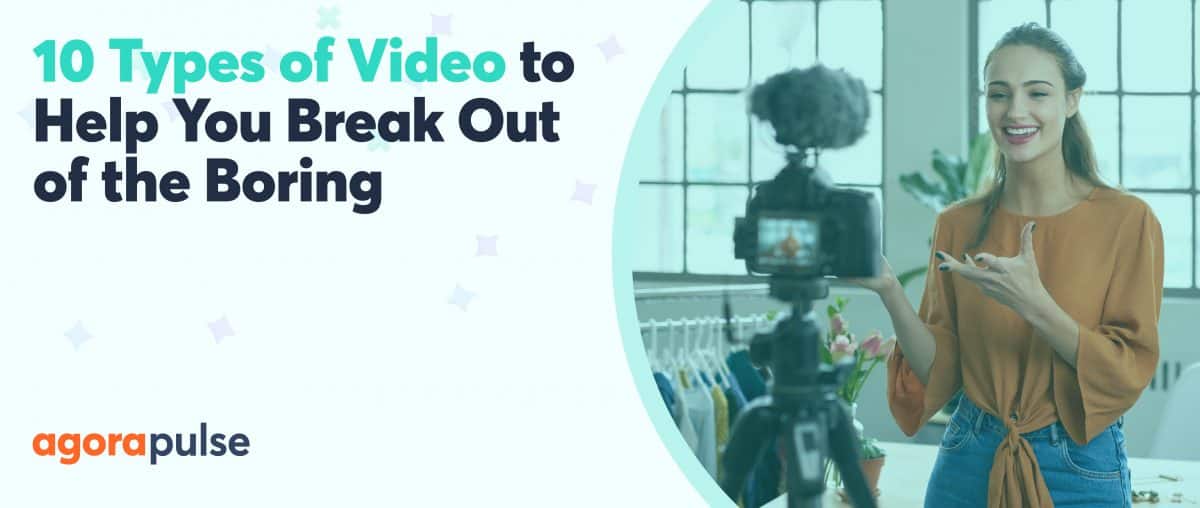If you are a content creator on YouTube, understanding how the YouTube algorithm works is something you likely have spent countless hours trying to figure out.
And if you feel like you still haven’t got it figured out, know that you aren’t alone. No one really understands the YouTube algorithm in its entirely—not even YouTube itself. But, that being said, there are some key things that you should know about how the YouTube algorithm works in 2024 so you can reach a greater audience on the platform.
First, let’s look back at how the YouTube algorithm has evolved over the years, and then we’ll explore how Agorapulse can support your journey in mastering it. By using our intuitive tools for YouTube management and engagement, you can enhance your channel’s visibility and interaction rates effectively. Discover how with a free trial of Agorapulse.
The Evolution of YouTube’s Algorithm
The Early Days: Views and Clicks
When YouTube first emerged as a platform in 2011, its main goal was simple: gain credibility and attract as many viewers as possible. The initial algorithm was straightforward—it recommended videos that garnered the most clicks and views, operating under the assumption that if a video was popular, it must be worth watching.
However, this system was quickly gamed by those savvy enough to manipulate video tags and generate misleading thumbnails. A wild west of clickbait thrived, leading to an inevitable algorithm overhaul.
The Shift to Watch Time and Quality
By 2012, YouTube had taken significant steps to refine its approach. The new algorithm favored watch time over simple clicks, a change based on the logic that the longer viewers watched a video, the higher its quality must be.
Unfortunately, this led to unintended consequences. Creators began padding their videos with filler content or even resorting to view-botting to falsely inflate watch times. This loophole exploitation forced yet another algorithm change, setting the stage for a more sophisticated YouTube.
Personalization Takes the Stage
Around 2015, YouTube introduced a more complex AI-driven algorithm. An important difference with this new algorithm is that in this system, not all watchtime is considered to be equal. This system was more personalized, and tried to determine whether people were actually satisfied by the content they were watching. This meant looking at additional metrics besides just watch time alone. Through relentless surveys and data analysis, YouTube’s AI began to offer up videos that a viewer was more likely to enjoy based on their past watching behavior, rather than broad popularity.
According to an interview with Todd Beaupre from the YouTube Growth and Discovery Team, the video recommendations that you see on YouTube aren’t actually calculated until the exact moment you appear on YouTube.
“It’s at that moment that the recommendation engine is engaged, says Beaupre.
“And so the challenge that the recommendation engine is given is, ‘Given that this viewer is coming to YouTube on this type of device, at this time of day, with this video history, what are the best videos that we can show them right now?'”
This shift towards a great personalization of the video recommendations marked a significant improvement in user engagement and satisfaction, heralding a period of stability in how the platform’s content was curated.
The good news is, from 2015 on, the algorithm really hasn’t changed much.
The most recent changes YouTube has made to the algorithm include more responsibility objectives, particularly in areas like news or health, as the platform does not want to contribute to spreading misinformation online. This means that more authoritative content is raised, whereas they reduce the spread of borderline violative content.
Understanding the 2024 YouTube Algorithm
While the algorithm has evolved over the years, the goals of YouTube’s recommendation system have always remained the same:
- Help each viewer find videos they want to watch
- Maximize long-term viewer satisfaction
Core Mechanisms of the Algorithm(s)
A common thing that is misunderstood about YouTube is that there are actually multiple models of the algorithm at play, each of them designed to do different things. For example, there are slightly different algorithm models used for the video recommendations on the homepage, and the recommendations you see in the suggested videos.
Where You See the YouTube Algorithms in Action
On any given day, the influence of the different algorithms can be seen across various parts of YouTube:
Home Page: On the home page of YouTube, the recommendations aim to deliver the most relevant and personalized recommendations to each viewer when they visit YouTube.
However, because YouTube does not have a lot of information about a person’s intent when they come to YouTube, the homepage offers up a broad and diverse array of videos. This makes the home page a dynamic entry point to your YouTube journey.
The homepage primarily recommends videos based on:
- Performance: How well a video engaged and satisfied similar viewers, among other factors. This takes into account metrics like click view rate and average view duration (in the context that the video was shown).
- Personalization: The viewer’s watch history, and how often a viewer watches a channel or topic over time.
Suggested Videos: Found next to the video you’re watching and at the end of a video, the suggested recommendations are YouTube’s way of keeping you on the platform. They are designed to offer up the best videos that a viewer is most likely to watch next after the one they are currently watching. Therefore, the suggested recommendations look at signals such as:
- Videos that are often watched together
- Topically related videos
- Videos from the viewers watch history
YouTube Search: This might seem straightforward, but it’s a complex balance of relevance and engagement, ensuring that search results cater to both new and established audiences. This is where you’ll find that having an interesting thumbnail, along with a headline that includes your keywords, can be extremely helpful in getting your video to rank higher on the YouTube search results page.
But there’s also certainly more than goes into the rankings than just simply the title, thumbnail, or keywords. YouTube SEO is a whole other beast, and there are many factors that are taken into account, such as the video description, video tags, video chapters, engagement signals from your audience, and much more.
The main thing to takeaway about YouTube’s recommendation system, is that ultimately it is designed to find videos for viewers (rather than viewers for videos).
Practical Strategies for YouTube Creators
So the question remains, what can creators do then to help be more visible on YouTube? Here are some suggestions:
1. Enhance Visibility on the Home Page
To dominate the home page, try to look at your video content through the lens of someone who is a new viewer, and is completely unfamiliar with your channel. Would you click to watch?
Another thing that can help enhance visibility on the home page is to upload consistently. This doesn’t necessarily mean just being consistent in the sense of having a daily or weekly cadence you follow (although it could mean that too). But also consider being consistent in the topics that you are covering in your videos. This can help to sustain your audience’s interest and also help viewers build a routine around your channel.
Regularly producing content that resonates with your viewers and drives engagement will increase the likelihood of your videos being featured prominently.
2. Dominate the Suggested Videos Section
The key to success for the suggested videos section is relevance and connection to popular content.
Analyze trending topics and create videos that either complement or provide a new take on these subjects. This strategy increases your chances of appearing in the coveted sidebar area of suggested videos.
Another tip here is go to your YouTube Studio analytics, and look at the specific videos that are recommending your videos as content.
From there, you are able to see the other channels and videos that your audience is watching before the come to your content. Since the suggested recommendations look at topically related videos, this strategy can help you get a better idea of other topics you should be covering in your own content to attract more of these viewers.
Lastly, some other strategies that can help your content appear in the suggested videos are:
- Develop a series of videos on one topic
- Use a consistent title and thumbnail style
- Include a call to action within your videos
- Use playlists and add end screens with links to your other videos
3. Master YouTube Organic Search
Effective keyword use within your YouTube description and in your video titles can help your video rank higher in YouTube search, making it easier for your target audience to discover your videos. But the organic search results on YouTube also take into consideration many other factors than just strictly keywords. Your videos should also be optimized for high engagement from your audience, as the algorithm also considers engagement metrics such as video comments or likes.
Combining high engagement metrics, keyword optimization, and relevant, timely content will help you climb the ranks of YouTube search pages. But we’ve also got one more trick up our sleeve to improve your YouTube strategy…
How Agorapulse Can Elevate Your YouTube Strategy
Stepping up your YouTube game involves more than just pumping out video after video. It demands a smart, strategic approach that can only be achieved with the right tools. Agorapulse is here to simplify that for you. Here’s how it can make a big difference:
Easily manage the comments section
Agorapulse’s social media inbox allows you to handle all your video comments in one place. With advanced features like automated saved replies, you can respond to comments at lightning speed.
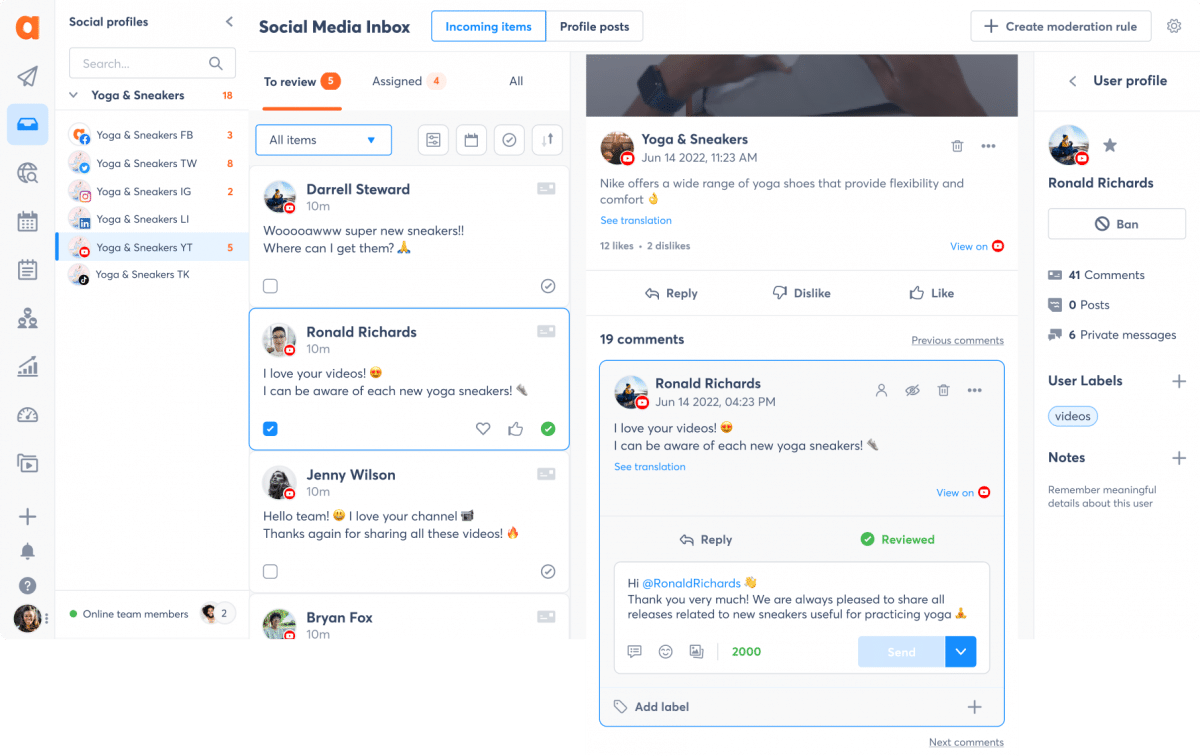
Keep your ear to the ground
With Agorapulse’s social listening, you can create searches specifically for YouTube to monitor what’s being said about your channel or relevant topics. This feature allows you to stay ahead of the curve by catching and responding to viewer sentiments and trends as they happen.
Track discussions around specific keywords or topics to better understand your audience and refine your content strategy accordingly.
Stick to a schedule
Oh, and remember how I mentioned its important to be consistent?
Don’t worry, we’ve got you covered there too.
Agorapulse allows you to schedule your YouTube videos (including your YouTube Shorts!) just as you would your posts on other social media platforms.
Create Content That Matters
Ultimately, the best way to approach YouTube is to create genuine, engaging content aimed at delighting viewers, not just algorithms.
By focusing on your audience and continuously refining your approach based on feedback and performance analytics, you can build a loyal following that grows organically.
Remember, the algorithm is sophisticated, but it’s not the sole gatekeeper of your success on YouTube. Your creativity and connection with your audience are just as important. Keep pushing boundaries and exploring new ideas, and let the algorithm do the rest.
In Conclusion
P.S. While the YouTube algorithm may seem like a mystery, your approach doesn’t have to be.
Integrating Agorapulse into your YouTube workflow not only streamlines your process but also enhances your understanding of what works and what doesn’t.
This allows you to produce content that your audience (and the algorithm) will love.
Want to see how it works? Start your free trial with Agorapulse today and turn your YouTube channel’s analytics into actionable insights.
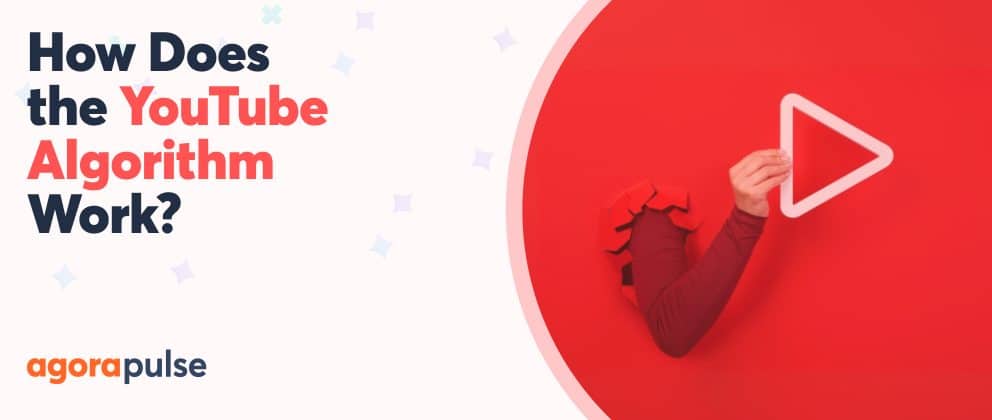


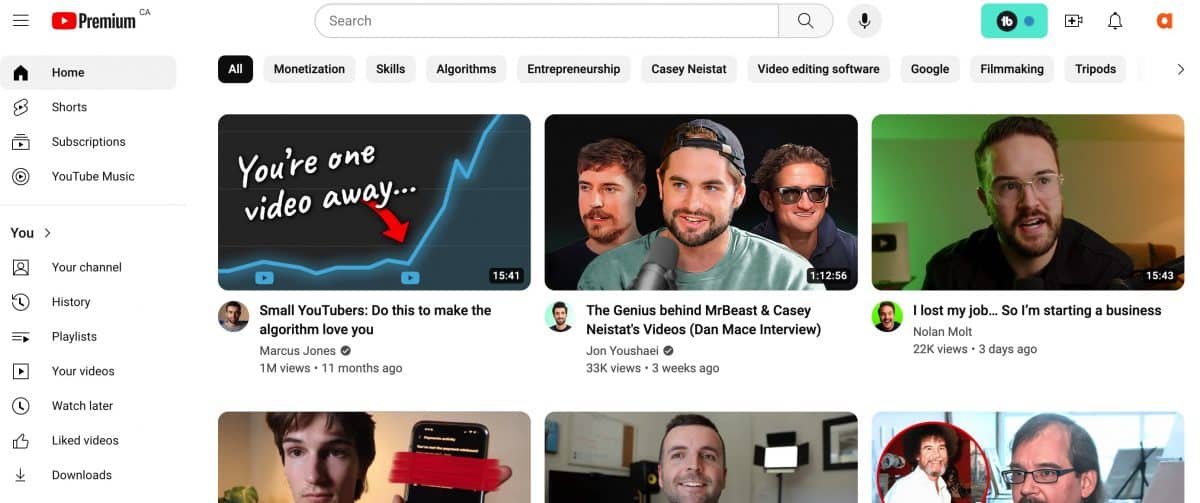
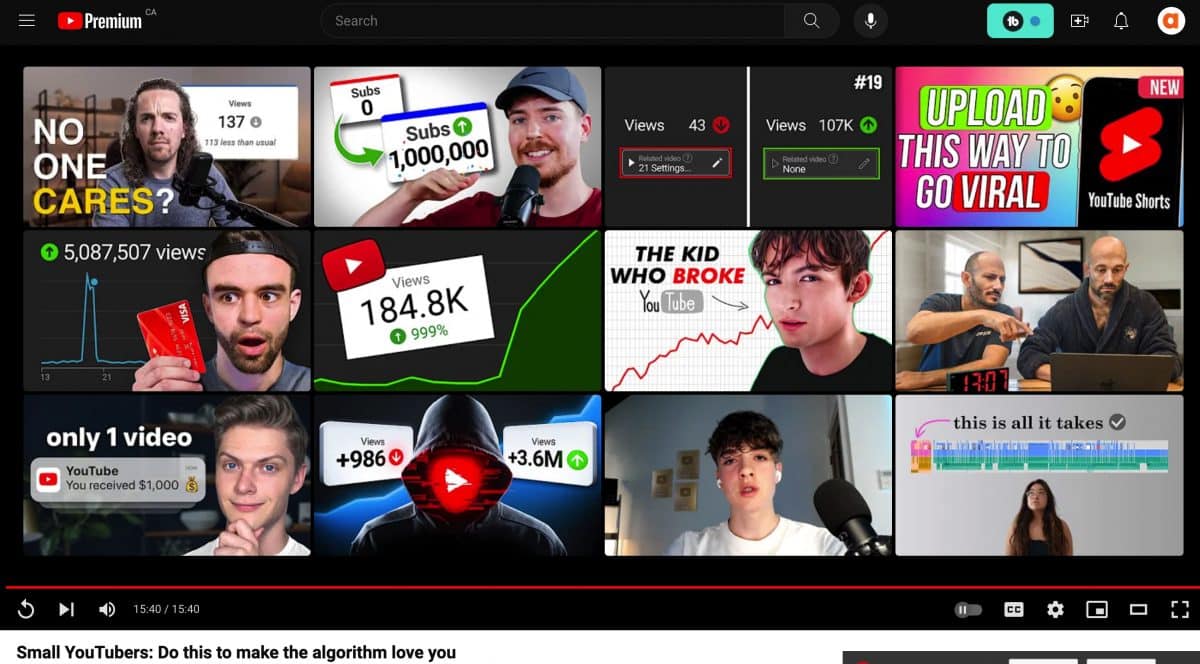
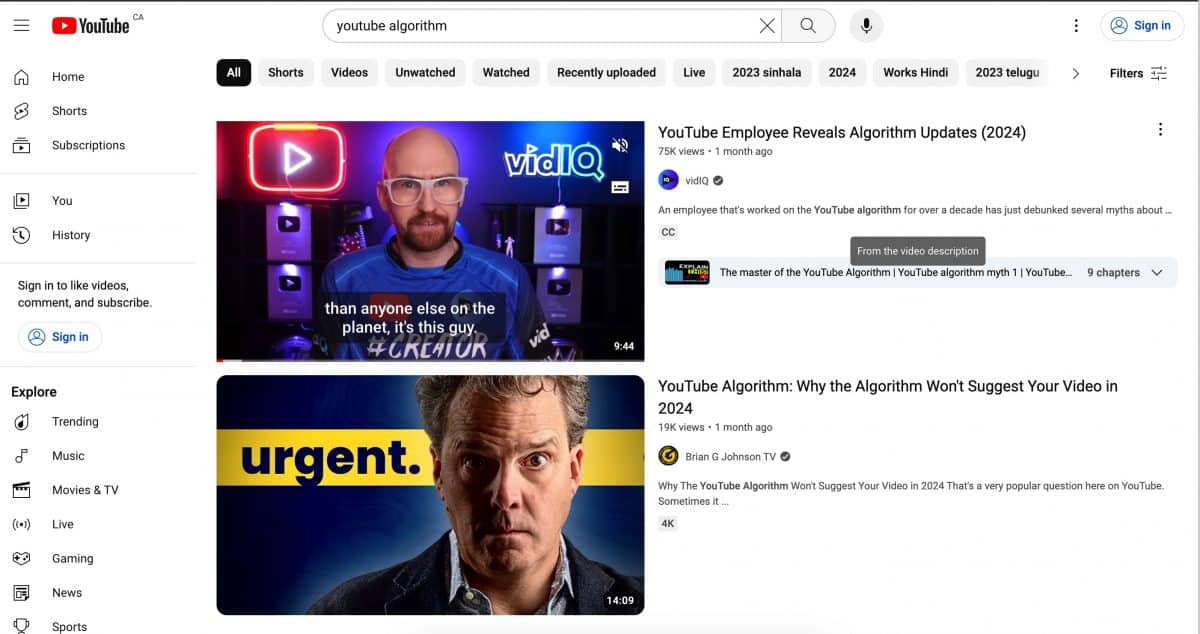
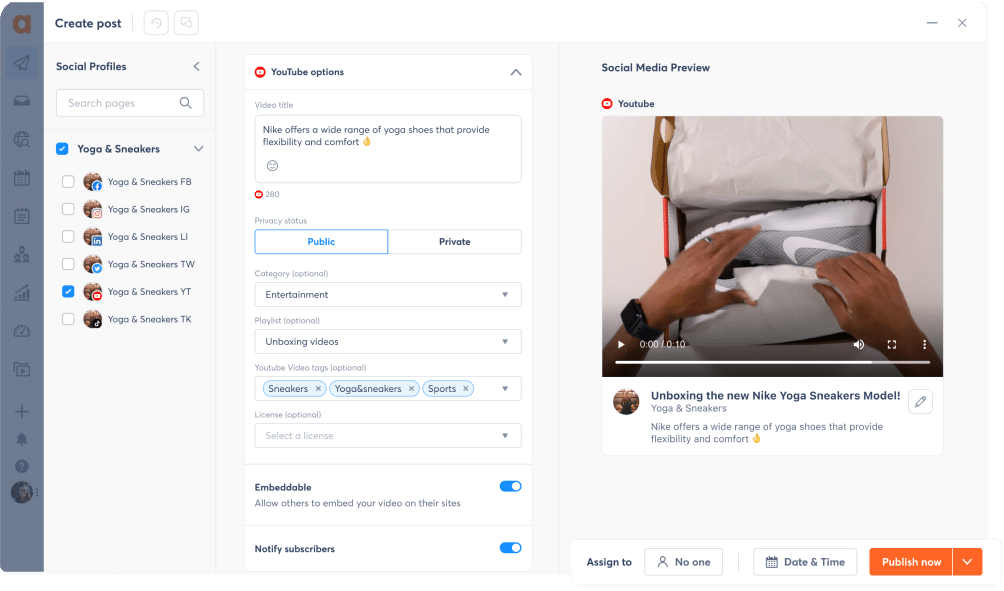
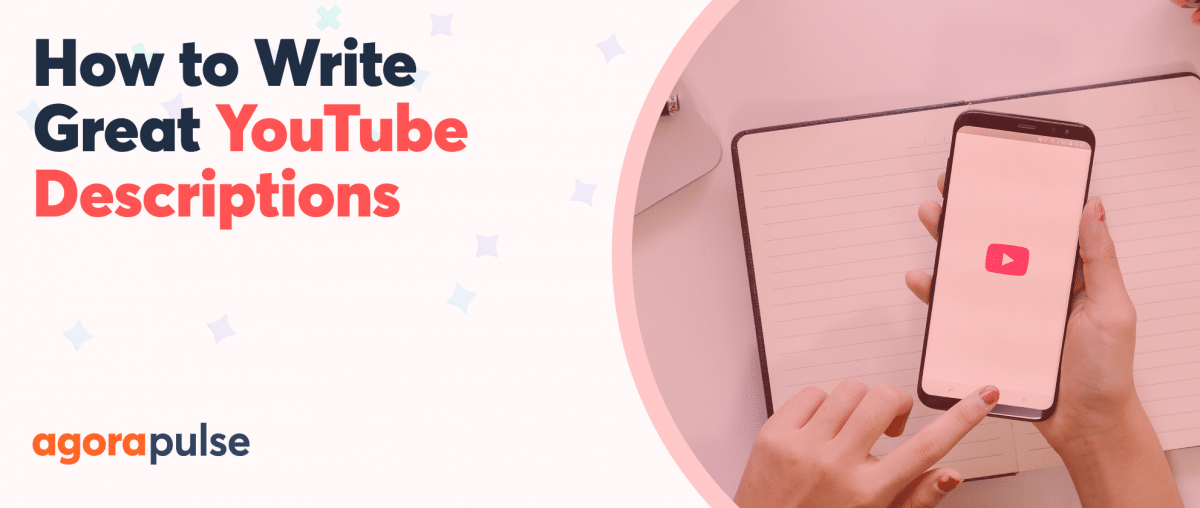
![Feature image of How to Create Short-Form Video Content Without Stressing Out [Video] Feature image of How to Create Short-Form Video Content Without Stressing Out [Video]](https://static1.agorapulse.com/blog/wp-content/uploads/sites/2/2023/08/How-to-Create-Short-Form-Videos-Blogpost-Header-1200x508.jpg)
